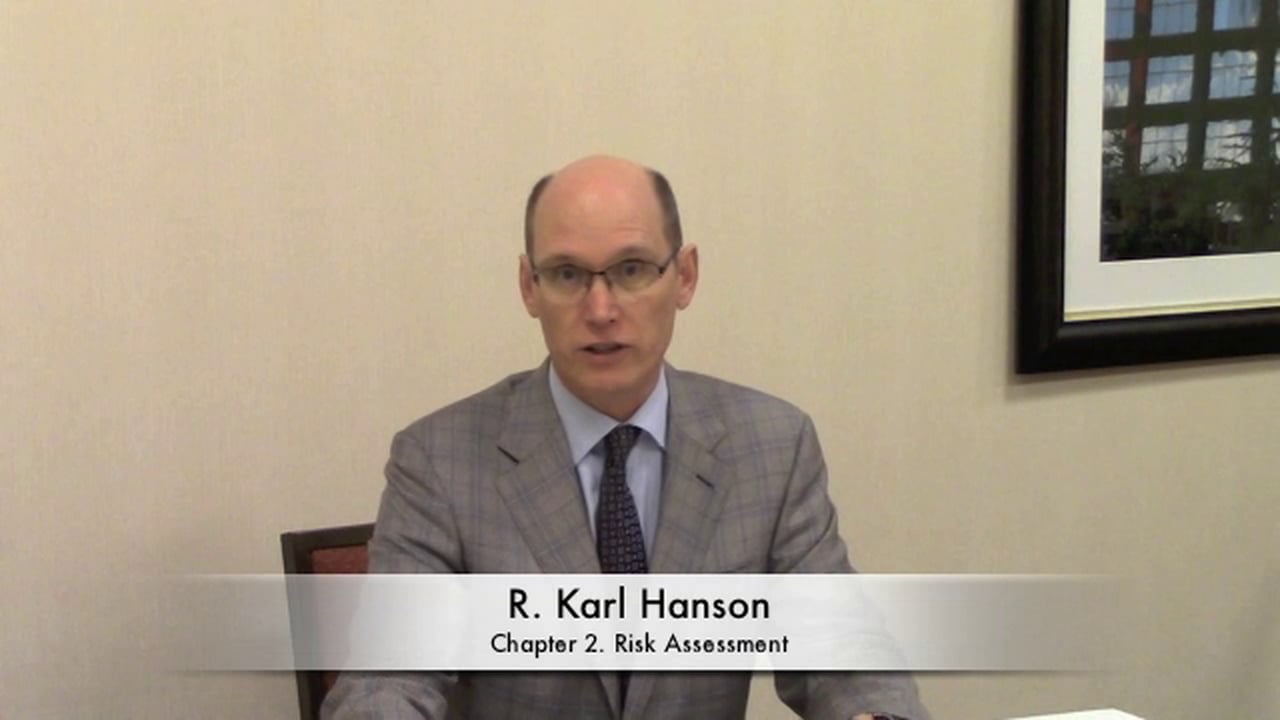
Whereas there is a common assumption that most individuals with a criminal record can be eventually reintegrated into the community, the public has different expectations for sexual offenders. In many countries, individuals with a history of sexual offences are subject to a wide range of long-term restrictions on housing and employment, as well as public notification measures intended to prevent them from merging unnoticed into the population of law-abiding citizens. This paper examines the testable assumption that individuals with a history of sexual crime present an enduring risk for sexual recidivism.
We modeled the long-term (25 year) risk of sexual recidivism in a large, combined sample (N > 7,000). We found that the likelihood of new sexual offenses declined the longer individuals with a history of sexual offending remain sexual offense free in the community. This effect was found for all age groups and all initial risk levels. Nonsexual offending during the follow-up period increased the risk of subsequent sexual recidivism independent of the time free effect. After 10 to 15 years, most individuals with a history of sexual offenses were no more likely to commit a new sexual offense than individuals with a criminal history that did not include sexual offenses. Consequently, policies designed to manage the risk of sexual recidivism need to include mechanisms to adjust initial risk classifications and determine time periods where individuals with a history of sexual crime should be released from the conditions and restrictions associated with the “sexual offender” label.
Not Always a Sexual Offender – Karl Hanson